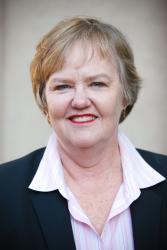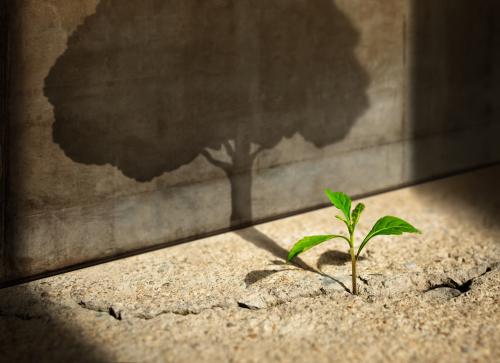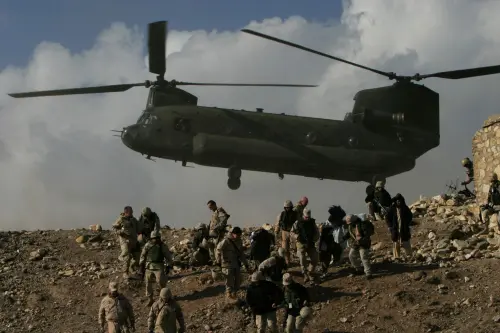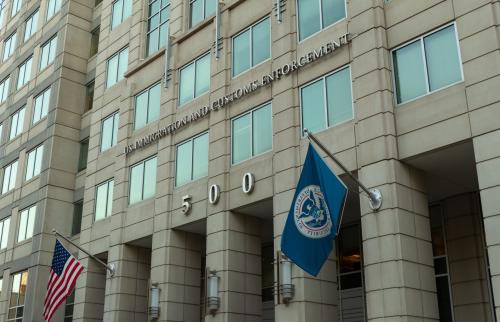Editor’s Note: In a presentation to a conference in Beirut, Lebanon hosted by the American University of Beirut and the United Nations Relief and Works Agency for Palestine Refugees in the Near East (UNRWA), Elizabeth Ferris and Chareen Stark examine the evolution of the concept of civilian protection, the challenges of operationalizing protection, and what international organizations in other crises can learn from UNRWA.
Protection has become very much in vogue in the humanitarian community. Policies, manuals, guidelines, and training courses on protection abound for working with conflict- and disaster-affected populations. Conferences are organized; articles, books, and studies are devoted to protection.
But civilians are still deliberately targeted as a strategy of warfare and civilians continue to suffer from serious human rights violations. Even as humanitarian actors develop more sophisticated policies on protection, the question remains about the extent to which humanitarian actors can protect people from bombs, attacks, and blockades, especially when confronted with overwhelming force, as in Darfur, Tibet, Burma/Myanmar and the occupied Palestinian territory. Protection is defined in different ways by different actors and the number of actors working on protection has mushroomed. Defining protection in practice remains elusive.
Protection issues in the areas of operation of the United Nations Relief and Works Agency for Palestine Refugees in the Near East (UNRWA) have usually been considered as unique to that context, and most academics writing about international protection usually focus on the International Committee of the Red Cross (ICRC) or the Office of the United Nations High Commissioner for Refugees (UNHCR) with perhaps a few generalizations about other humanitarian actors. This paper attempts to bridge this divide by looking at UNRWA’s contributions to operationalizing protection as well as to what other humanitarian actors can learn from UNRWA’s protection efforts.
The Brookings Institution is committed to quality, independence, and impact.
We are supported by a diverse array of funders. In line with our values and policies, each Brookings publication represents the sole views of its author(s).



